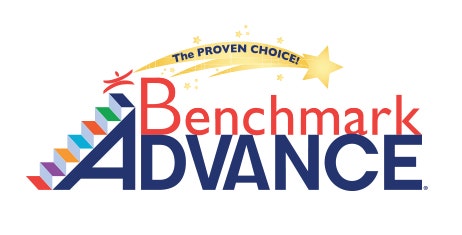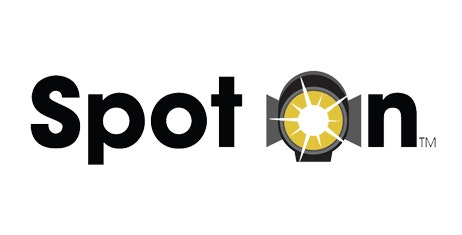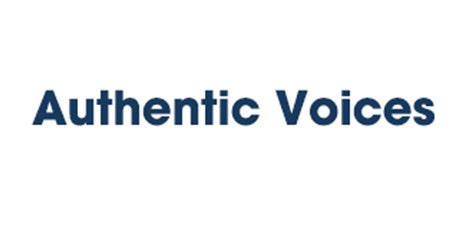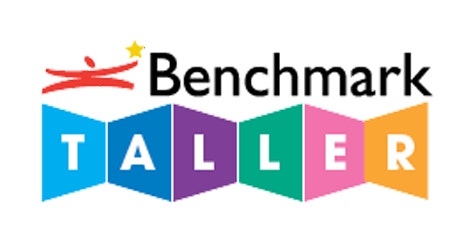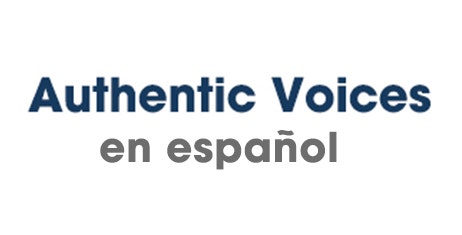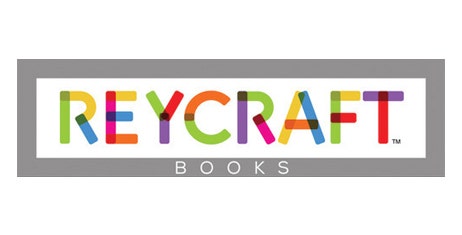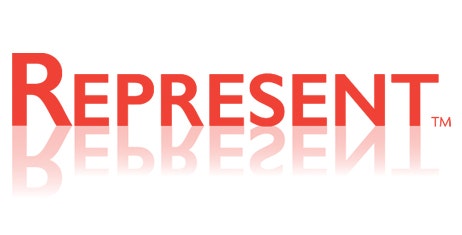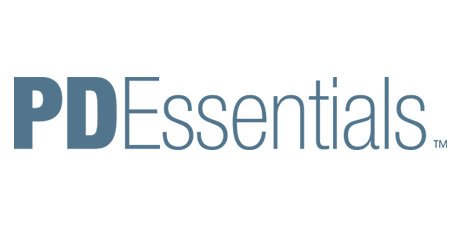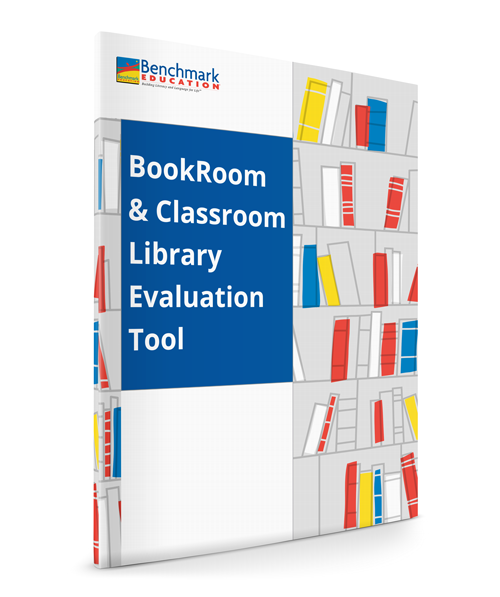How to Achieve Culturally Responsive Teaching
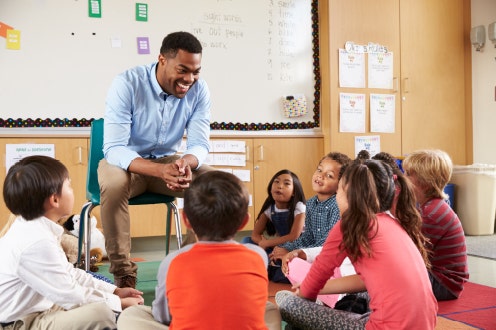

Research informs an equitable learning environment:
Creating an optimal, equitable learning environment for students is every teacher’s goal. But achieving that goal can be a challenge, with underserved student populations, including students of color and English Learners (ELs), often feeling excluded and left behind.
Culturally responsive teaching provides a research-based approach to overcome this challenge. Through this approach, students are able to make meaningful connections between their own lives and what they learn at school. It is designed to engage all students and cultivate their academic success by reflecting, validating, and embracing their diversity, knowledge, cultural backgrounds, and experiences.
The information and resources below will help you better understand culturally responsive teaching, the research behind it, and how it helps students and teachers alike advance and thrive.
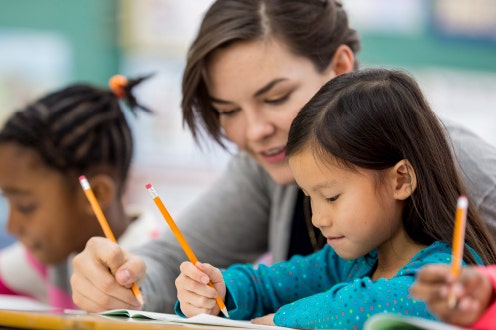

Culturally Responsive Teaching involves:
- Educators having high expectations for every student and focusing on the positive—specifically, on students’ strengths—rather than on a deficit mindset that focuses on what students can’t do.
- A wide range of content with characters, situations, and places that students can recognize from their own lives, and from which they can learn about other worlds and perspectives. Education expert Rudine Sims Bishop, often called the mother of multicultural literature, wrote the essay “Mirrors, Windows, and Sliding Glass Doors,” which led to shifts in teaching and the inclusion of authentic, diverse voices in literature for students. As Bishop established, mirrors allow children to see themselves reflected in what they read; windows help children develop empathy and understanding for others; and sliding glass doors provide children with safe passageways into new worlds, so they can develop their creativity, imagination, and knowledge.
- Making students feel represented, valued, and included. This point is reflected in the infographic “Ready for Rigor: A Framework for Culturally Responsive Teaching,” by national education consultant and author Zaretta Hammond, as presented in her 2015 book, Culturally Responsive Teaching & the Brain.
- A funds-of-knowledge approach, in which teachers take into account their students’ academic and personal background knowledge, life experiences, everyday skills and knowledge, and world views. Through this approach, partnerships are formed between teachers and students’ families, as well as between the school and the local community. The work of Gonzalez, Moll, and Amanti (2005) involves teachers engaging families outside of the school environment and demonstrates how to recognize students’ funds of knowledge and utilize them in the classroom. (Johnson and Johnson, in their 2016 work, describe how to connect EL students’ funds of knowledge to classroom lessons, home visits, and student-designed activities.)


Support from Benchmark Education:
As an advocate of culturally responsive teaching, Benchmark Education is committed to children’s literature for and by diverse voices, and to honoring the cultures and experiences of all students and educators.
Our print and digital language and literacy educational resources are based on multi-dimensional fields of research and are designed for the highest instructional impact. These resources include captivating content that reflects today’s diverse communities and ongoing professional learning, coaching, and tools for all school settings.
Choose from the Best Culturally Responsive and Equitable Resources—from Benchmark Education
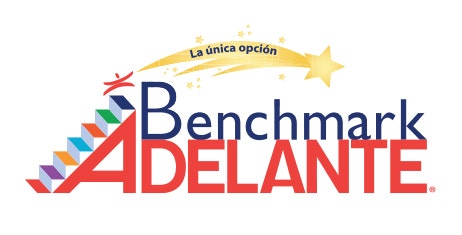

Knowledge-based K-6 Spanish language literacy solution that develops literacy skills and nurtures growth and success in all students
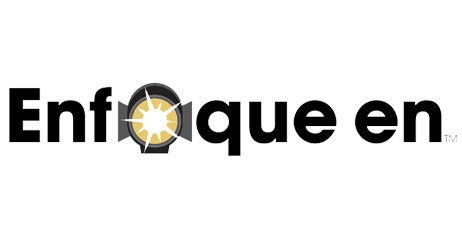

Small-Group Nonfiction and Fiction in Spanish that builds content knowledge and supports social-emotional learning
PLUS
BookRoom & Classroom Library Evaluation Tool
Download our evaluation tool that will help you examine the overall quality, quantity, range, and cultural responsiveness of small-group texts found within your school or district.
Additional Resources
- The policy paper “Culturally Responsive Teaching: A Reflection Guide,” from New America, includes eight core competencies that describe what culturally responsive teachers should know and do.
- Use the Culturally Responsive Curriculum Scorecards developed by the NYU Metro Center to determine how well your school's or district’s English Language Arts or Science, Technology, Engineering, Arts, and Mathematics (STEAM) curricula meet the criteria for culturally responsive teaching.
- For a guide to anti-bias education, download “Social Justice Standards: The Teaching Tolerance Anti-Bias Framework” from Learning for Justice (formerly Teaching Tolerance), a project of the Southern Poverty Law Center.
Need Help Selecting Resources That Are Right for You?
Provide your detail below and we’ll be happy to assist.

